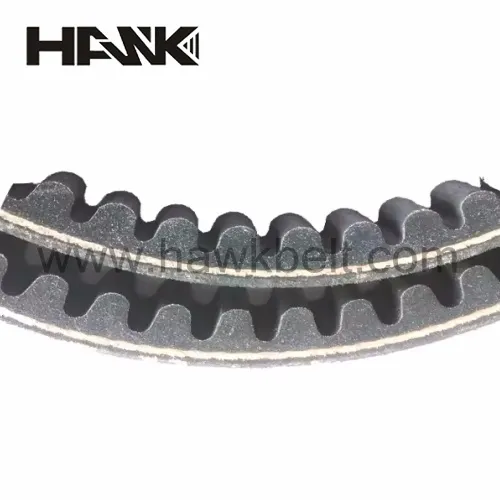- Arabic
- French
- Russian
- Spanish
- Portuguese
- Turkish
- Armenian
- English
- Albanian
- Amharic
- Azerbaijani
- Basque
- Belarusian
- Bengali
- Bosnian
- Bulgarian
- Catalan
- Cebuano
- Corsican
- Croatian
- Czech
- Danish
- Dutch
- Afrikaans
- Esperanto
- Estonian
- Finnish
- Frisian
- Galician
- Georgian
- German
- Greek
- Gujarati
- Haitian Creole
- hausa
- hawaiian
- Hebrew
- Hindi
- Miao
- Hungarian
- Icelandic
- igbo
- Indonesian
- irish
- Italian
- Japanese
- Javanese
- Kannada
- kazakh
- Khmer
- Rwandese
- Korean
- Kurdish
- Kyrgyz
- Lao
- Latin
- Latvian
- Lithuanian
- Luxembourgish
- Macedonian
- Malgashi
- Malay
- Malayalam
- Maltese
- Maori
- Marathi
- Mongolian
- Myanmar
- Nepali
- Norwegian
- Norwegian
- Occitan
- Pashto
- Persian
- Polish
- Punjabi
- Romanian
- Samoan
- Scottish Gaelic
- Serbian
- Sesotho
- Shona
- Sindhi
- Sinhala
- Slovak
- Slovenian
- Somali
- Sundanese
- Swahili
- Swedish
- Tagalog
- Tajik
- Tamil
- Tatar
- Telugu
- Thai
- Turkmen
- Ukrainian
- Urdu
- Uighur
- Uzbek
- Vietnamese
- Welsh
- Bantu
- Yiddish
- Yoruba
- Zulu
11-р сар . 10, 2024 05:59 Back to list
Compact Rubber Belts for Various Applications in Industry and Crafts
Understanding Small Rubber Belts Applications, Benefits, and Maintenance
Small rubber belts play a crucial role in a wide range of mechanical and industrial applications. From powering machinery to facilitating movement in various devices, these belts offer flexibility, durability, and efficiency. In this article, we will explore the applications, benefits, and maintenance of small rubber belts, highlighting their significance in various industries.
Applications of Small Rubber Belts
Small rubber belts are commonly found in several applications, including
1. Automotive Industry In vehicles, rubber belts such as serpentine belts and timing belts connect various engine components. They are essential for driving accessories like the alternator, power steering pump, and water pump. Proper functioning of these belts is vital for engine performance and longevity.
2. Electronics and Appliances Small rubber belts are prevalent in household appliances, such as washing machines, dryers, and vacuum cleaners. They transfer motion from the motor to other components, ensuring efficient operation. In electronics, these belts can also be found in printers and copiers, where they help in the movement of paper and other mechanisms.
3. Conveyor Systems In manufacturing and logistics, rubber belts are integral to conveyor systems. They facilitate the transportation of goods and materials across various production lines and warehouses. The flexibility and grip of rubber belts allow them to handle varying weights and sizes effectively.
4. Exercise Equipment Many fitness machines, like treadmills and stationary bikes, utilize small rubber belts to transmit power from the motor to the moving surface. These belts ensure smooth operation, allowing users to maintain their workout routines without interruptions.
5. Robotics and Automation In the field of robotics, rubber belts are often used in moving parts and automation systems. Their ability to adapt to different shapes and sizes makes them suitable for diverse robotic applications, enhancing functionality and precision.
Benefits of Small Rubber Belts
The advantages of using small rubber belts are numerous
- Durability Rubber materials are known for their resilience and ability to withstand wear and tear. This durability ensures a longer lifespan for belts, reducing the frequency of replacements and maintenance.
small rubber belts

- Flexibility Rubber belts are inherently flexible, allowing them to bend around pulleys and other components with ease. This flexibility enables them to be used in various configurations and applications without compromising performance.
- High Friction Coefficient Rubber provides an excellent grip, minimizing slippage and ensuring that power is efficiently transferred from one component to another. This characteristic is particularly important in applications requiring precise movement and positioning.
- Cost-Effectiveness Compared to other materials, rubber belts are often more affordable, making them a popular choice for manufacturers looking to reduce production costs without sacrificing quality.
Maintenance of Small Rubber Belts
To ensure the longevity and optimal performance of small rubber belts, regular maintenance is essential
1. Visual Inspections Regularly inspect belts for signs of wear, cracks, or fractures. Early detection of damage can prevent further issues and costly replacements.
2. Proper Tensioning Ensure that belts are properly tensioned. A belt that is too loose may slip, while one that is too tight can lead to premature wear on components.
3. Alignment Checks Misaligned belts can reduce efficiency and increase wear. Periodic checks should be conducted to ensure that belts run in line with their pulleys.
4. Cleaning Dust and debris can accumulate on belts, reducing their effectiveness. Regular cleaning can help maintain friction and prolong the life of the belt.
5. Replacement When signs of wear are evident, timely replacement is crucial. Operating with worn belts can lead to severe damage in machinery and more extensive repair costs.
Conclusion
Small rubber belts are indispensable components in numerous applications across various industries. Their versatility, durability, and cost-effectiveness make them a preferred choice for manufacturers and engineers alike. As we rely more on machinery and automation in our daily lives, understanding the importance of small rubber belts and adhering to proper maintenance practices will ensure that systems run smoothly and efficiently. By investing in quality belts and caring for them adequately, we can maximize their performance and extend their service life.
-
Korean Auto Parts Timing Belt 24312-37500 For Hyundai/Kia
NewsMar.07,2025
-
7PK2300 90916-T2024 RIBBED BELT POLY V BELT PK BELT
NewsMar.07,2025
-
Chinese Auto Belt Factory 310-2M-22 For BMW/Mercedes-Benz
NewsMar.07,2025
-
Chinese Auto Belt Factory 310-2M-22 For BMW/Mercedes-Benz
NewsMar.07,2025
-
90916-02660 PK Belt 6PK1680 For Toyota
NewsMar.07,2025
-
drive belt serpentine belt
NewsMar.07,2025

